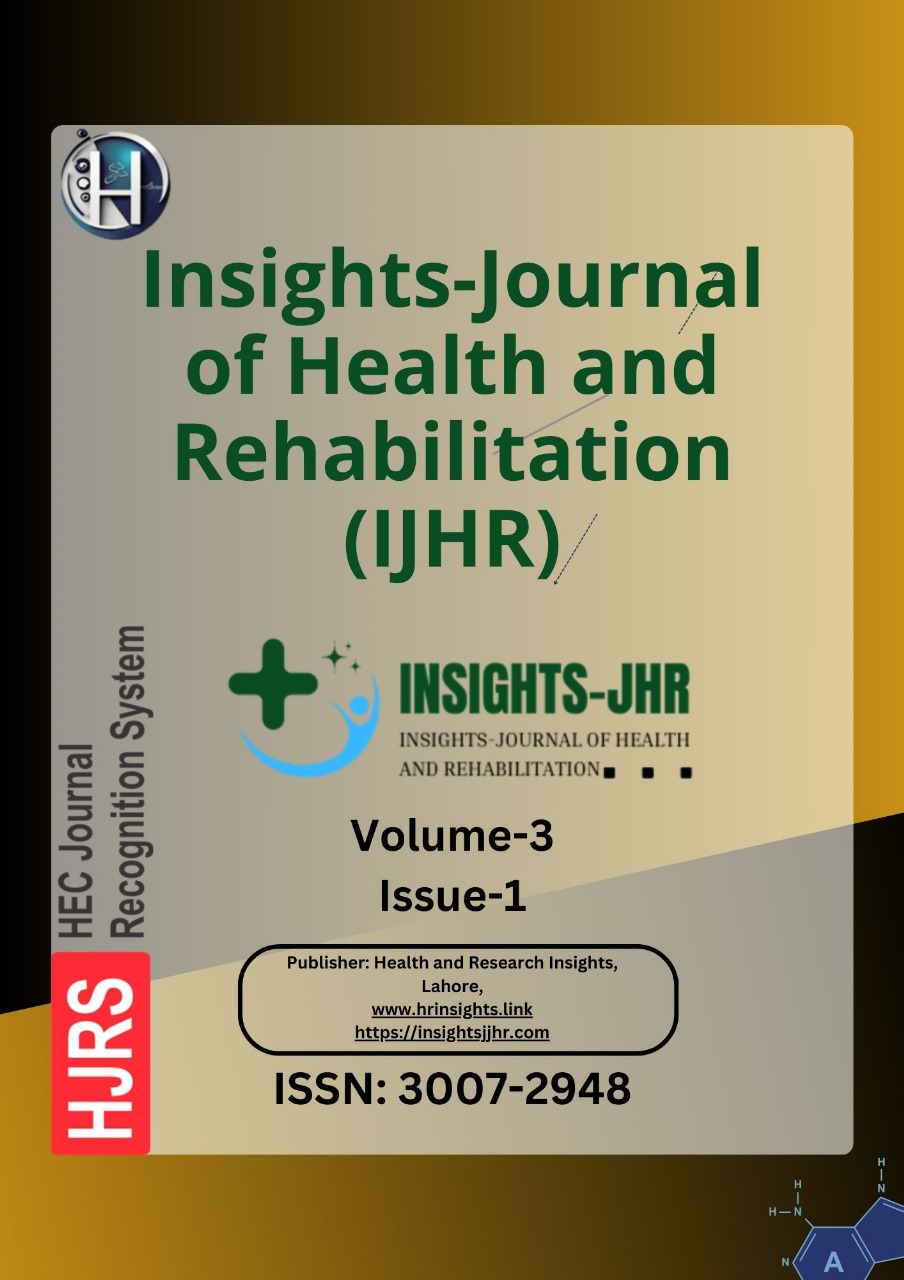TERMINAL ILEUM INTUBATION – SUCCESS RATE AND DIAGNOSTIC YIELD DURING LOWER GASTROINTESTINAL ENDOSCOPY AT A TERTIARY CARE HOSPITAL
DOI:
https://doi.org/10.71000/14sx8087Keywords:
Biopsy, Colonoscopy, Crohn’s disease, Diagnostic yield, Diarrhea, Terminal ileum intubation, Weight lossAbstract
Background: Terminal ileum intubation during lower gastrointestinal (LGI) endoscopy plays a crucial role in diagnosing inflammatory and infectious conditions such as Crohn’s disease, tuberculosis, and eosinophilic enteritis. Its diagnostic utility varies based on clinical indications, with a higher yield observed in symptomatic patients. Despite its importance, the necessity of routine terminal ileum intubation remains debated. This study aimed to evaluate the diagnostic yield of terminal ileum intubation and assess its association with clinical indications in patients undergoing LGI endoscopy.
Objective: To determine the diagnostic yield of terminal ileum intubation in LGI endoscopy and analyze the association between clinical indications and positive endoscopic findings.
Methods: This prospective, cross-sectional, descriptive study was conducted at Patel Hospital, Karachi, over six months. A total of 437 patients aged 18 years and above, of both genders, who underwent colonoscopy were included. Demographic details, clinical history, and indications for terminal ileum intubation were recorded. Colonoscopies were performed using standard techniques, and bowel preparation was ensured. The primary outcome was the success rate of terminal ileum intubation and the presence of endoscopic abnormalities, including ulcers, nodularity, or erythema. Biopsies were obtained when necessary, and histopathological findings were analyzed. Statistical analysis was performed using SPSS Version 22.0, with associations evaluated using the chi-square test (p < 0.05 considered significant).
Results: Among 437 patients, 279 (63.8%) were male, and 122 (27.9%) were over 61 years of age. The most common indications for terminal ileum intubation were bleeding per rectum in 164 (37.5%) cases and weight loss in 143 (32.7%) cases. Terminal ileum intubation was successfully performed in 390 (89.2%) cases. Positive endoscopic findings, including ulcers, nodularity, and erythema, were detected in 32 (7.32%) cases. Biopsy results identified nonspecific chronic inflammation in 14 (3.2%) cases, Crohn’s disease in 6 (1.4%) cases, tuberculosis in 4 (0.9%) cases, and eosinophilic enteritis in 2 (0.5%) cases. Significant associations were found between positive findings and diarrhea in 19 (59.4%) cases (p < 0.001) and weight loss in 20 (62.5%) cases (p = 0.001). The clinically significant diagnostic yield based on biopsy findings was 2.75%.
Conclusion: Terminal ileum intubation in LGI endoscopy demonstrated a modest diagnostic yield, with positive findings primarily in patients presenting with diarrhea and weight loss. The procedure remains an essential diagnostic tool in targeted clinical scenarios, enhancing the detection of inflammatory and infectious ileal diseases.
Downloads
Published
Issue
Section
License
Copyright (c) 2025 Muhammad Umar Farooq, Arif Rasheed Siddiqui, Syed Afzal Ul Haq Haqqi, Zea Ul Islam Farrukh, Saad Niaz, Muhammad Danish Ashraf Wallam, Syed Rohail Ahmed Rizvi, Fahad Kakar (Author)

This work is licensed under a Creative Commons Attribution-NonCommercial-NoDerivatives 4.0 International License.







